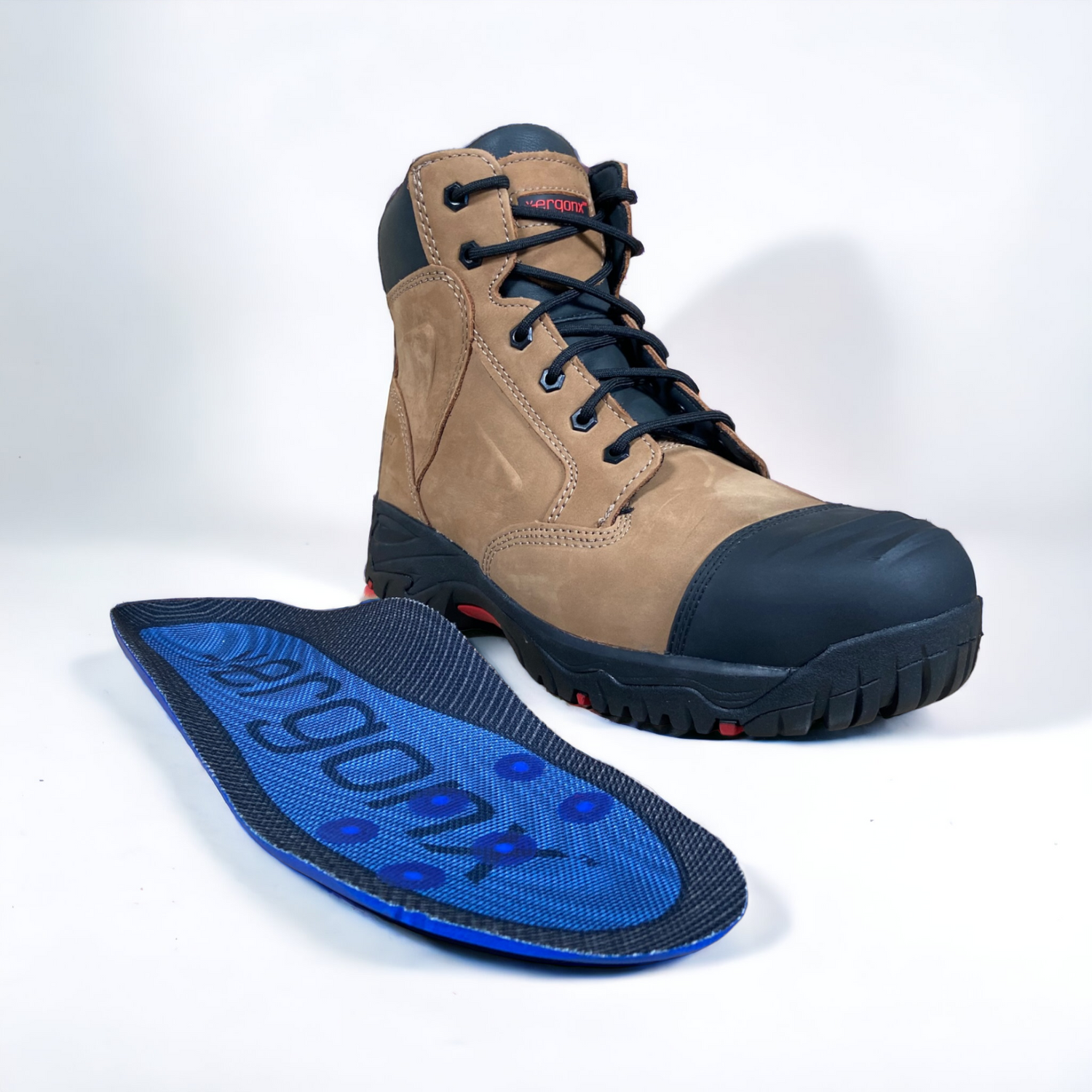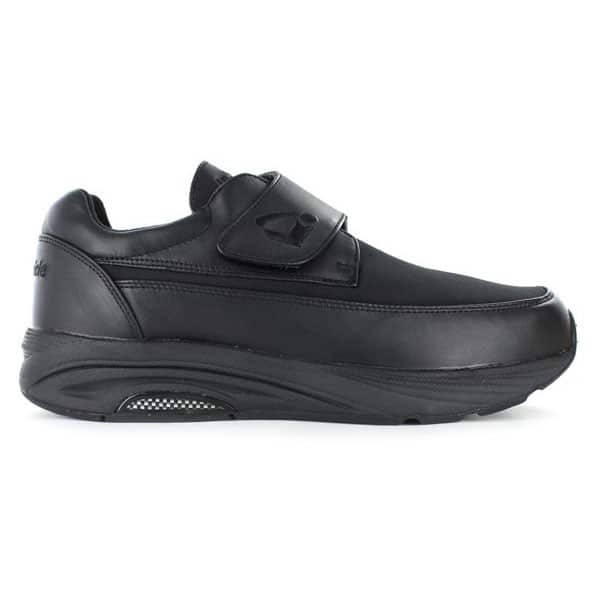Patella and Synovial Plica
The word plica means a fold of skin or a membrane. The term patella or synovial plicae refers to the fold of synovial membrane present behind the knee cap (patella). The patella is a small, roughly triangular bone, located on the anterior aspect of the knee joint.
The knee, like every other mobile joint in the body is surrounded by a protective fibrous capsule, which encloses the articulating bone ends from all aspects. The inner lining of this capsule is called the synovial membrane, which secrets synovial fluid, the lubricant that reduces friction between the articulating bones during joint movement.
How is the synovial plica formed?
The synovial plica is an extension of the synovial membrane that forms a fold at the back of the kneecap. Three plicae are usually found in the knee, these are considered to be remnants or vestiges of the partitioning membrane in the knee joint of the developing fetus. At this stage the joint is divided into three compartments by partitioning folds of the membrane, which normally disappear before birth, resulting in the formation of a single joint cavity. However, in many cases these partitioning folds do not completely disappear and can persist as plicae. These plicae are mostly symptomless and do not cause any problems, except in certain cases when they become irritated or inflamed.
Three plicae are mostly cited in the human knee. The one on the inner side is called the medial plica. It is a vertical folding of the membrane behind the inner side of the kneecap. One is present above the patella, the supra-patellar plica and one on its lower side known as the infra-patellar plica. A fourth one is present on the outer side called the lateral plica.
Patella or synovial plica syndrome
This refers to inflammation of the plicae caused by a sudden trauma or multiple minor injuries irritating that part of the synovial membrane, causing pain and swelling of the plica. The plica becomes thick and more prone to damage by getting pinched between the kneecap and the femur.
A symptom-free plica has a soft and wavy texture with normal vascularity, whereas an inflamed plica appears white, thick and fibrotic. Further spread of inflammation may involve the rest of the synovial membrane, leading to synovitis.
Cause:
The cause of plica syndrome is still unclear. Symptoms usually arise in adults, the age relevance being attributed to decrease in the tissue elasticity with age and changes occurring during the rapid growth phase.
The cause may be a major blunt trauma or repeated excessive physical activity resulting in micro trauma to the plica leading to inflammation.
Some believe that the medial plica, the one mostly causing the symptoms, may act as a bowstring, snapping on the rounded femur head whenever the knee is flexed. This repeated snapping may lead to abrasion of the femur head, causing symptoms.
Symptoms:
- Pain at the front or inner side of the knee, sharp pain when walking
- Pain intensifies with activity, especially if it involves the quadriceps (front thigh muscle)
- Sitting or standing for prolonged periods also aggravates pain
- A popping or clicking sound may be heard when the knee is extended
- Locking of the joint
Diagnosis:
The inner front of the knee and the area below the knee cap are the areas that usually give the most pain on palpation. The inflamed medial plica may be palpable on the inner side of the knee cap. It feels like a stiff cord and is painful to the touch. This finding is quite suggestive of plica syndrome.
However, the signs and symptoms are not very helpful and may be confused with a number of other joint conditions. X-rays and arthrography are helpful in excluding other similarly presenting joint problems. Arthroscopy is the best diagnostic tool, as well as therapeutic technique for synovial plicae. MRI is of limited use here.
Treatment:
- Medical treatment aims to reduce inflammation.
- Oral painkillers and NSAIDs are usually prescribed to limit the symptoms
- Physiotherapy is an essential adjunct to the treatment. It emphasises muscle strengthening and stretching exercises.
Iontophoresis (using a small electric current to deliver a topically applied medicine to the deeper tissues) and phonophoresis (the same procedure as iontophoresis using ultrasound instead of electric charge) have also shown good results in the treatment of plica syndrome.
A knee brace is often advised during sports and athletic activities.
Symptomatic plicae not responding to conservative therapy for a period of 6 months or more need to be treated surgically. Arthroscopy is almost always employed for the complete excision of inflamed synovial plicae. Surgical resection of synovial plicae has shown encouraging results, especially in the absence of any associated disease.
Early detection and treatment ensures better prognosis.





